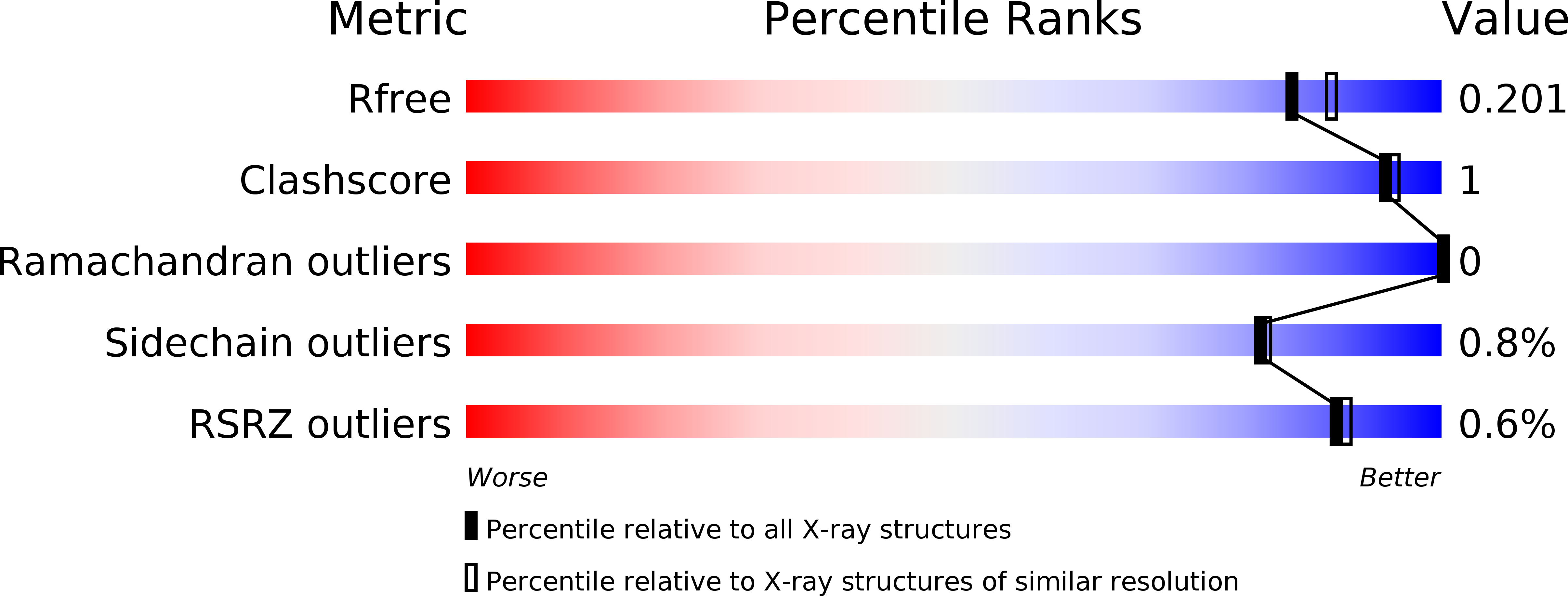
Deposition Date
2014-05-25
Release Date
2014-12-10
Last Version Date
2024-11-20
Entry Detail
PDB ID:
4TJX
Keywords:
Title:
Crystal structure of protease-associated domain of Arabidopsis VSR1 in complex with aleurain peptide
Biological Source:
Source Organism:
Arabidopsis thaliana (Taxon ID: 3702)
Hordeum vulgare (Taxon ID: 4513)
Hordeum vulgare (Taxon ID: 4513)
Host Organism:
Method Details:
Experimental Method:
Resolution:
1.90 Å
R-Value Free:
0.20
R-Value Work:
0.15
R-Value Observed:
0.15
Space Group:
P 1 21 1


